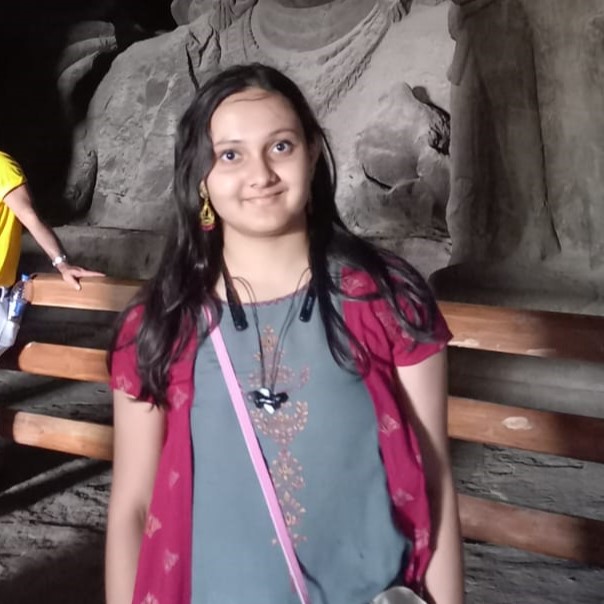B.Tech Students
Abhishek Mahajan
B.Tech Student, IIT Bombay
Hi, I'm Abhishek Mahajan, a third-year undergraduate in the Department of Chemistry. As someone interested in research, I find it fascinating because it allows me to explore new concepts, tackle problems, and contribute positively to the world.
At the MRS lab, I have worked on various projects, including segmentation of aerial imagery pixel-wise into six classes, using the U-Net Architecture. Additionally, I researched the Zig-Zag Net for object segmentation, which combines top-down and bottom-up context and ResNet's skip connections, and found that it outperforms the state-of-the-art U-Net architecture.
I have also implemented the Convolutional Block Attention Module (CBAM) for object detection and studied retrieval methods for estimating various remote sensing bio-physical parameters. In particular, I have worked with Support Vector Regression (SVR) and Relevance Vector Machine (RVM) to analyze different crop types using SAR information.
Overall, I enjoy research because it provides opportunities for innovation, collaboration, and personal growth.
Isha Mukherjee
B.Tech Student, IIT Bombay
I am Isha Mukherjee, a third year B.Tech student in the Department of Aerospace Engineering. Being a research enthusiast, I pursued a project in the field of remote sensing and image processing under the valuable guidance of Prof. Avik Bhattacharya, following a course on this subject. I got to learn a lot in this field as I gathered practical knowledge of the spectrum of the real world problems that can be solved using remote sensing.
In the project, I studied the spread of fire and mapped the burned area in and near
California in 2021 using Google Earth Engine. A novel fire index called NBRSWIR (Normalized Burned Area SWIR) was used to detect the change in burned area using LandSat-8 Data. Data with a temporal resolution of 16 days was acquired and a bitemporal approach (pre-fire and post-fire) was followed. A Difference Map was also generated which showed stark difference between the burned and the unburned area.

